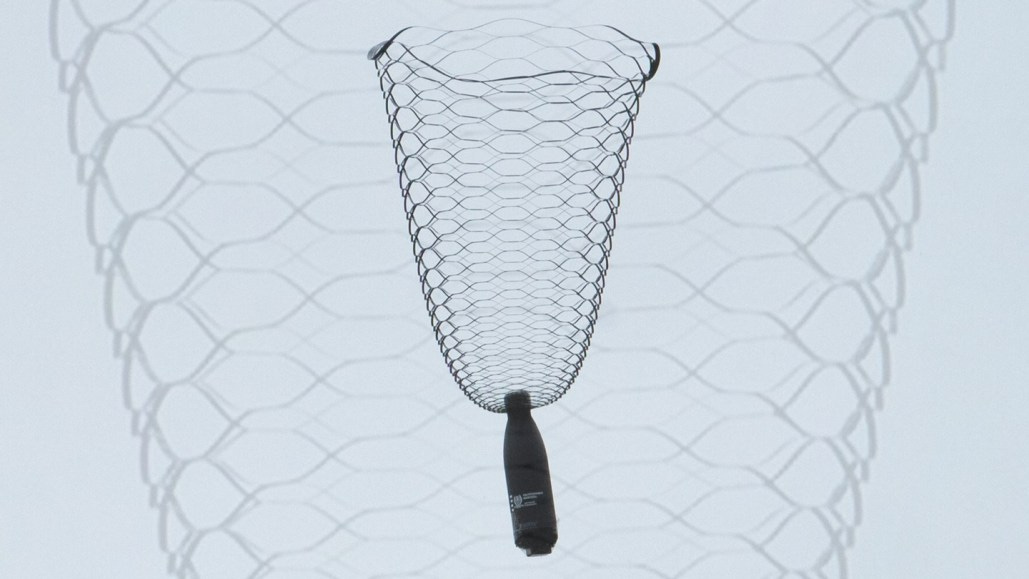Weekly Spark Of Peculiar #33
Teeth Pulling, New Creatures, Quiz' & More!
Hi friends! 😃
This one is mid week because why not, we will always try to aim to deliver content as much as possible. There Is quite a few cool things going on from strong men to new sharks.
Hope you enjoy, please sub and share if you do! I truly, truly appreciate it.
Lets go!
01. Man Pulls Ship Using His Teeth
Egyptian strongman and wrestler Ashraf “Kabonga” Mahrous has made headlines after pulling a 700-ton ship, using a rope held solely by his teeth. yeah, no joke.
Not stopping there, he also pulled two ships totalling ~1,150 tons (≈1,043,000 kg) together in a subsequent attempt. He claims he’s aiming for a Guinness World Record. The current benchmark stands at 614 tons.
Previously, he’s been certified by Guinness for pulling a 279-ton train using his teeth over ~10 meters, and he once hauled a 15,730 kg truck the same way.At 6′3″ (1.9 m) and ~155 kg, Mahrous says his strength came early; by age 9 he was lifting items for money.
His recent feat was backed by training ~6 hours/day and a protein-heavy diet (dozen eggs, 2 whole chickens, 5 kg fish).
He even tries to “connect” with the object lol.
“It’s important for me to treat the object that I will pull as part of my body that moves along with my heartbeat.”
02. Lightning Goes Long: The 829 km “Megaflash”
A new world record has struck, literally. A re-analysis of satellite and radar data shows that the longest single lightning flash ever recorded stretched ~829 km across the U.S. Midwest, making a dazzling, miles-spanning mark in October 2017.
The flash lasted 7.39 seconds. Far longer than most lightning pulses.
Along its path, it produced at least 116 ground strikes (cloud-to-ground spikes) on top of cloud-to-cloud discharges.
In effect, it outpaced the previous record by ~120 km.
What makes a “megaflash” special?
Unlike standard lightning, which tends to be brief and localized, a megaflash is a giant, horizontally sprawling electric discharge that can travel across huge distances through layered, charged clouds.
These events are rare, about 1 in 1,000 thunderstorms across the Americas spawn them.
Also, while typical ground strikes last only microseconds, some parts of this megaflash lingered for up to 100 milliseconds, meaning the surge of energy holds longer, raising the risk for fires or ground damage.
Understanding megaflashes helps expand our knowledge of extreme weather and the limits of nature’s electric artistry. If we can better detect & predict them, we gain more warning for severe storm events and perhaps improve safety for infrastructure (trees, power lines, buildings) in their paths.
03. Parachutes Inspired by Kirigami
When you think of parachutes, you imagine a canopy of fabric. But researchers have turned to kirigami. The Japanese art of cutting paper, to design a new kind of parachute that unfurls itself, no matter how it’s dropped.
A thin Mylar disk, scored with concentric slits, transforms into a vase-like lattice as it falls. The magic? It self-reorients mid-air and then descends straight down, regardless of its starting orientation. That predictability is what makes it intriguing for drone package drops or humanitarian supply missions.
In testing, a 1 kg water bottle dropped from 60 m with one of these kirigami parachutes hit ~14 m/s vs. ~34 m/s without any parachute.
Also worth noting: because the disk is perforated, it creates less drag per area than a traditional solid canopy. But to safely carry a human, the radius would need to be around 100 meters — yes, nearly a football field.
04. India’s Cough Syrup Obsession
A chilling déjà vu in India, 19 children dead after drinking a cough syrup laced with toxic diethylene glycol, the same chemical found in antifreeze. It’s not the first time: similar poisonings have killed dozens in The Gambia, Uzbekistan, and Jammu.
Despite repeated scandals, cough syrups remain a national habit. Sold over the counter, overprescribed, and often unregulated. Most do little good, some do lasting harm.
As one doctor put it: “The main goal isn’t treatment — just comfort.”
But in India’s syrup culture, comfort can turn deadly.
05. Deep-Sea Discoveries: A Glowing Shark and a Ghostly Crab
Scientists off Western Australia have revealed two brand-new marine species:
A lanternshark (named Etmopterus westraliensis), found ~610 m down. Tiny (≈ 40 cm), it glows via photophores along its belly and flanks.
A porcelain crab (Porcellanella brevidentata), just ~15 mm long, living symbiotically among “leaves” of sea pen corals.
These finds came from the 2022 CSIRO expedition aboard RV Investigator, which has already helped describe nearly 20 new species and estimates there could be up to 600 more awaiting description.
Fire Facts
1. In the deep sea, male anglerfish don’t just mate, they fuse.
2. A penguin can reach depths of 550m in one dive.
3. LEGO bricks withstand compression better than concrete.
4. It’s almost impossible to get too much sugar from fresh fruit.
Unlock The Peculiar! UNLOCK BY REFERRING EXTREMELY PECULIAR
Love Extremely Peculiar? Help it grow and unlock exclusive digital rewards while you’re at it.
Here’s what you get when you refer your curious friends:
🔓 1 Referral → The Vault
100 strange, mind-bending facts from the edge of reality.
From exploding ants to haunted AI — it’s all real.
🌍 2 Referrals → The Peculiar Atlas
15 real locations that shouldn’t exist, illustrated and mapped.
Explore forgotten islands, burning craters, and underwater temples.
🧠 3 Referrals → The Curiosity Kit
Strange games, quizzes, cards, and tools.
A digital bundle built to mess with your sense of what’s possible.
oh yeh!








